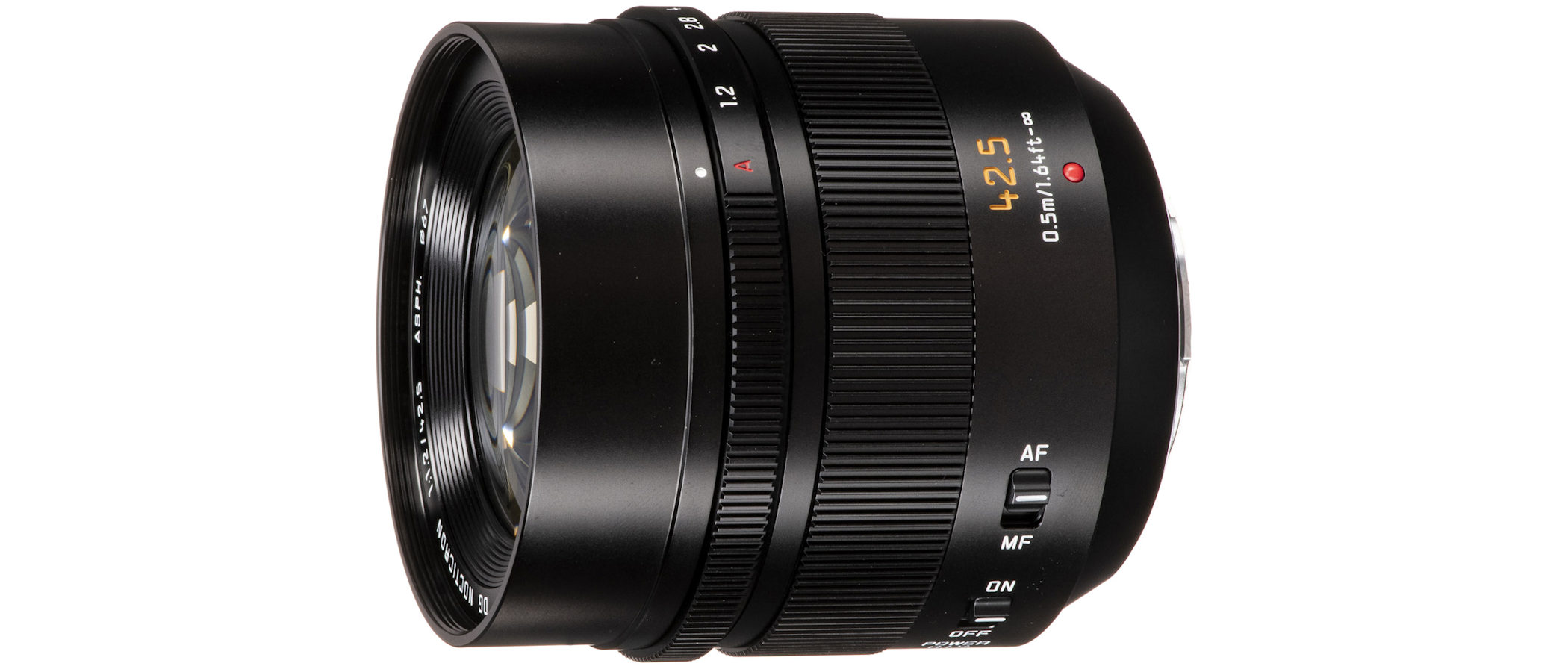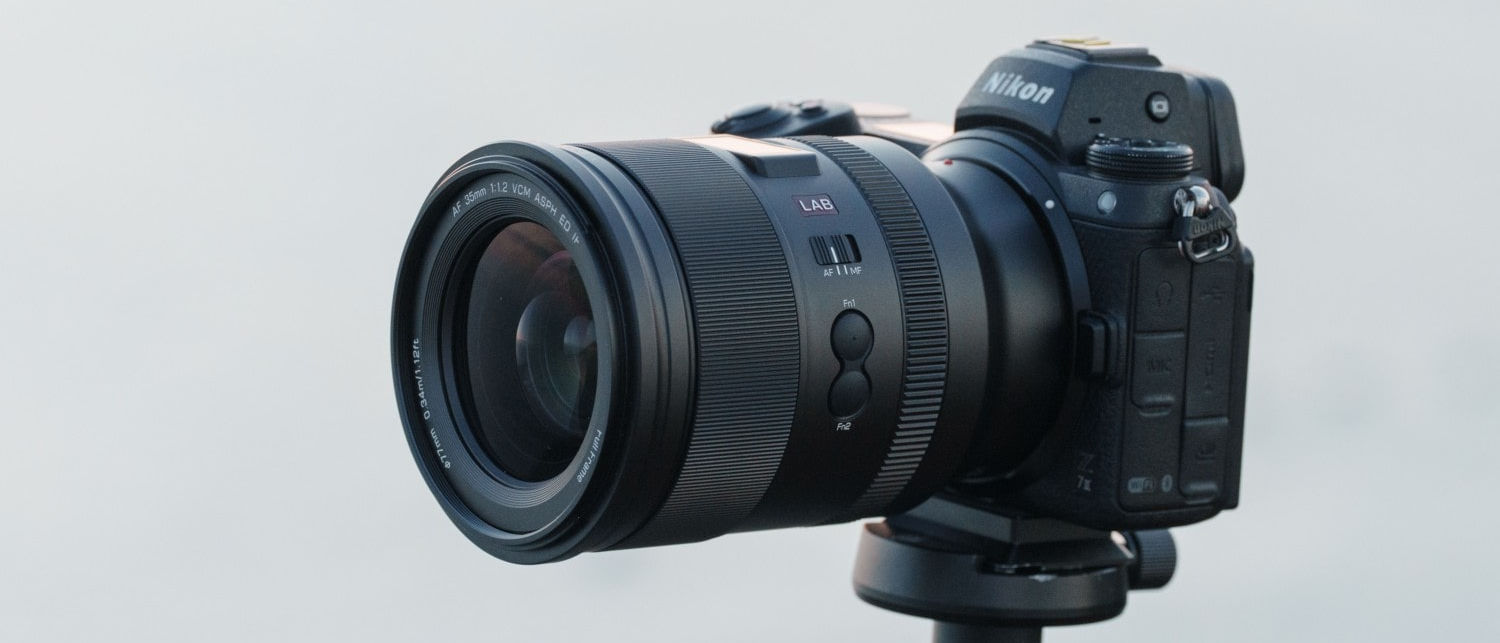Digital Camera World Verdict
It might seem an odd focal length for a prime lens but the 42.5mm equates to 85mm in full-frame terms. Add the super-fast f/1.2 aperture and it makes the Panasonic Leica DG Nocticron a perfect candidate for portraiture on Micro Four Thirds system cameras. Build quality and handling are superb, while image quality is simply stunning. This lens certainly isn’t cheap to buy but it’s worth every cent and more.
Pros
- +
Portrait-friendly effective focal length
- +
Super-fast f/1.2 aperture
- +
Great build, spectacular image quality
Cons
- -
Aperture ring can’t be di-clicked
- -
Aperture ring doesn’t work on Olympus cameras
Why you can trust Digital Camera World
Given that depth of field is governed more by ‘actual’ than ‘effective’ focal length, getting a tight DOF is a challenge for the Micro Four Thirds system, due to the cameras’ 2x crop factor. The Panasonic Leica DG Nocticron 42.5mm f1.2 ASPH Power OIS comes to the rescue. Its effective focal length of 85mm gives an ideal working distance for portraiture, while its extra-wide f/1.2 aperture delivers a tight depth of field for isolating the main subject by throwing the background out of focus.
Specifications
Mount: Micro Four Thirds
Full frame: No
Autofocus: Yes
Stabilization: Yes
Lens construction: 14 elements in 11 groups
Angle of view: 29 degrees
Diaphragm blades: 9
Minimum aperture: f/16
Minimum focusing distance: 0.5m
Maximum magnification ratio: 0.1x
Filter size: 67mm
Dimensions: 74x77mm
Weight: 425g
Key features
This 42.5mm lens is not only certified by Leica but coins a whole new Leica 'Nocticron' definition, denoting its remarkably fast f/1.2 aperture rating for a Micro Four Thirds system lens. A real rarity, it's an f/1.2 lens that boasts a built-in optical image stabilizer. Panasonic claims that the system is designed to combat both small, rapid movements as well as larger, low-frequency movements, the latter being more prevalent in slower exposures. In our tests, results were pretty impressive, giving a three-stop advantage in beating camera-shake.
Switches on the lens barrel make it easy to turn the stabilizer on or off, as well as selecting manual or automatic focusing. It's nice to have these under the thumb, avoiding any need to go hunting through menus. Another nicety is the aperture ring built into the lens, which again gives a useful level of direct access, complete with one-third f/stop click stops. However, the aperture ring can’t be de-clicked for stepless control when shooting video, and doesn’t work when using the lens on Olympus camera bodies. Even so, build quality is excellent throughout and handling is sublime.
Performance
The levels of sharpness and contrast at f/1.2 are simply stunning. Wide-open sharpness is not only much better than in most competing f/1.2 lens, but it also edges ahead of many f/1.4 and f/1.8 lenses at their widest apertures. Other aspects of image quality are similarly impressive, making the Panasonic an absolute gem.
Verdict
It might seem an odd focal length for a prime lens but the 42.5mm equates to 85mm in full-frame terms. Add the super-fast f/1.2 aperture and it makes the Panasonic Leica DG Nocticron a perfect candidate for portraiture on Micro Four Thirds system cameras. Build quality and handling are superb, while image quality is simply stunning. This lens certainly isn’t cheap to buy but it’s worth every cent and more.
Read more:
• Best camera lenses to get
• Best Canon lenses
• Best Nikon lenses
• Best Sony lenses
The best camera deals, reviews, product advice, and unmissable photography news, direct to your inbox!
Matthew Richards is a photographer and journalist who has spent years using and reviewing all manner of photo gear. He is Digital Camera World's principal lens reviewer – and has tested more primes and zooms than most people have had hot dinners!
His expertise with equipment doesn’t end there, though. He is also an encyclopedia when it comes to all manner of cameras, camera holsters and bags, flashguns, tripods and heads, printers, papers and inks, and just about anything imaging-related.
In an earlier life he was a broadcast engineer at the BBC, as well as a former editor of PC Guide.


